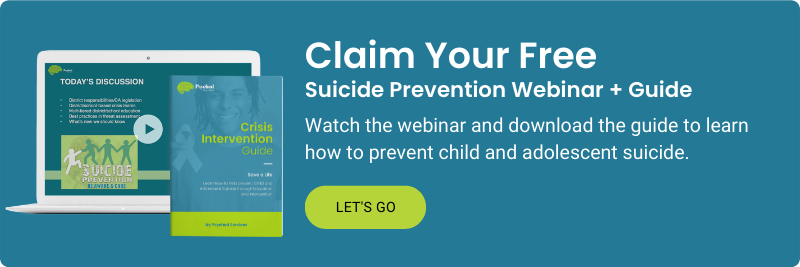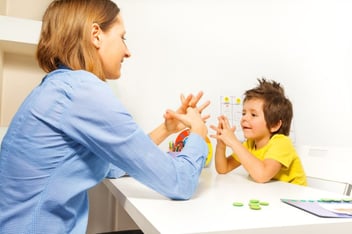
Parenting is the most important job you have; and while it is extremely fulfilling, it can also be very challenging. Wouldn’t it be nice if your son or daughter came with an instruction manual on the day of their birth?
One parenting approach, called the Whole-Brain Child, was developed by Daniel Siegel, M.D., a clinical professor of psychiatry at the UCLA School of Medicine, and Tina Payne Bryson, Ph.D., a psychotherapist at Pediatric and Adolescent Associates in Arcadia, California.
In their book, the Whole-Brain Child: 12 Revolutionary Strategies to Nurture Your Child’s Developing Mind, they provide helpful brain-based strategies which nurture healthy development in your child.
Here are a few of their parenting tips:
1. Connect and Redirect
When your child exhibits uncontrolled negative emotion—a breakdown of frustration, anger, or anxiety with accompanying tears, yelling, or hostility, your first instinct may be to redirect him. Instead, take a moment to acknowledge and connect with his feelings. Address him in a soft, non-threatening tone of voice. Use compassionate words, empathetic facial expressions, or comforting touch; then redirect with solutions, words, logic, etc.
2. Name it to Tame It
When upset, ask your child to tell you a story of what happened. When children explain, they name their fears and frustrations. It helps the child’s brain to organize the stressful episode, put it into context, and make sense of it, which then aids her ability to later problem solve when ready.
3. Engage, Don’t Enrage
Reduce your own fight, flight, or freeze instinct and think. Recognize when your anger is triggered and use self-calming strategies to approach the situation with your child in a calm manner.
4. Use It or Lose It
Don’t immediately give your child the answer to a conflict or issue, rather, exercise her problem-solving. Help her develop solutions on her own and think about possible outcomes.
5. Move it or Lose It
Having your child move their body sometimes helps them to “shift” their emotional gear and move into a balanced state. Different types of movements work for different emotional conditions. If your child is agitated, try having him run or dance it out. If he is anxious, slower motor movements tend to work (yoga, Tai Chi), or consider different postures. For example, if your child is anxious, ask him to show you a brave body, or have him use a powerful posture that helps him to expand his size (arms up and out, legs apart, chest high, chin up).
It is important to remember that your child learns from you. They are in tune with your moods.
So, no matter the methodology, be aware of your own triggers, feelings, and behavior. When your child has a meltdown or tantrum, keeping your cool is key.
Looking for more support and resources? Schedule a free consultation today!





